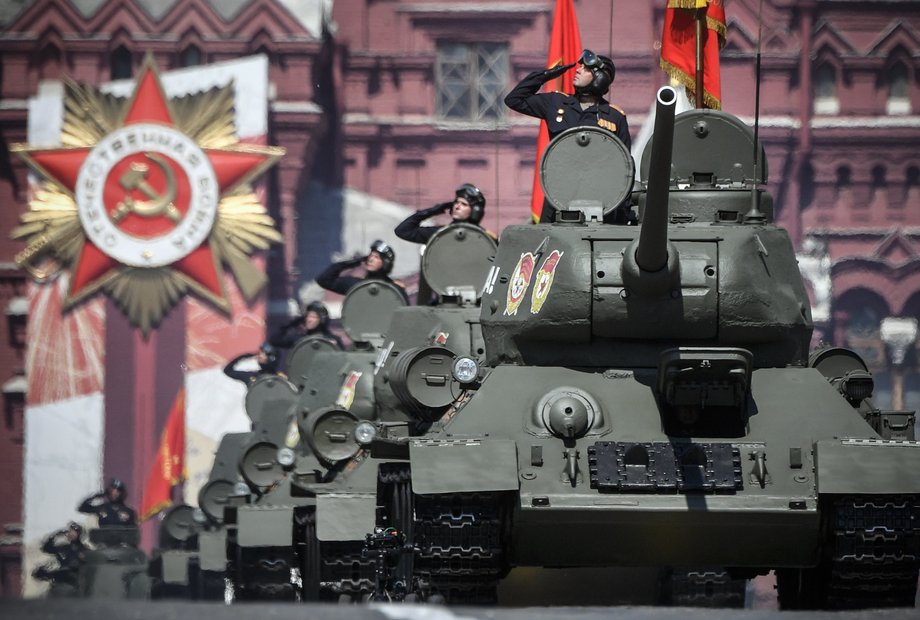In June 2020, the Kremlin publicly released what comes closest to an official ‘Nuclear Doctrine’. Now, for the first time ever, there is a solid official basis for analyzing Russian concepts of nuclear weapons missions.
Why Now?
Even though the release of the document, bureaucratically titled “The Basic Principles of State Policy of the Russian Federation on Nuclear Deterrence”1, came as a surprise to most observers, one should not read too much into the timing. The document had been under revision for several years and it required input from a number of state institutions based on complicated interagency negotiations. The Principles are neither a war-fighting manual, nor simply a declaratory deed. Rather they represent a specific type of strategic planning document within the Russian legal system. Similar documents are regularly prepared and updated for different domains, including for purely civilian purposes.
The Principles address two audiences in different ways. Domestically, they primarily shall provide broad specifications about nuclear deterrence and the respective forces (air-, sea- and land-based), their modes of operations, and the tasks of relevant authorities. As such, the document can and will be used as a reference to justify future military acquisitions (or cuts), research and development programs, and overall planning. Internationally, the Principles shall emphasize the “exclusive” mission of Russia’s nuclear weapons: to provide nuclear deterrence in order “to prevent aggression against the Russian Federation and/or its allies”.
Deterrence, Use, and Arms Control
The document does not name any specific adversaries that Russia aims to deter. Rather it makes an indirect indication: nuclear deterrence is aimed only at those actors, which “consider” Russia an adversary and possess a number of specific capabilities perceived as especially threatening, including but not limited to weapons of mass destruction. According to the Principles, the deployment of nuclear weapons, missile defense, early warning, and other assets on foreign territories are “main military risks that might evolve into military threats”. Obviously, this points to the NATO alliance. Nuclear deterrence is considered a measure to neutralize such risks and threats.
Listed among the tasks of Russia’s nuclear deterrence policy is “the prevention of an escalation of military actions and their termination on conditions that are acceptable”. Some Western analysts could read this as a confirmation of a so-called ‘escalate-to-deescalate’ doctrine – meaning that Russia could use nuclear weapons first in conjunction with an offensive conventional campaign. Many prominent researchers have already questioned such claims.2 Given the ambiguity of the language here, which is not uncommon, compared to other nuclear weapon states’ doctrinal documents, the Principles allow for a wide range of different interpretations.
By contrast, the potential use of nuclear weapons is limited to four very distinct scenarios. They include, first, nuclear use in response to conventional attacks if the very existence of the state is in jeopardy and, second, in case of aggression with weapons of mass destruction. A third scenario suggests the possibility of nuclear use should Russia receive “reliable” information about the launch of ballistic missiles against its territory. The Principles remain, however, silent about the payload or range of such missiles, that is whether they would be conventionally or nuclear armed, of intercontinental or intermediate range.
The fourth scenario involves an attack or interference against critical military or civilian infrastructure that, if successful, would result in undermining nuclear retaliation. Once again, there are no further details on methods, domains or the scale of any such interference, but one can assume that “infrastructure” would include nuclear command and control assets, nuclear forces, and early warning systems. This means that even cyberattacks against such systems could potentially lead to nuclear retaliation. To be sure, even if some or all of the conditions for nuclear use would be met, one cannot conclude that they would necessarily trigger (immediate) nuclear retaliation. The ultimate decision would still lie with the President of the Russian Federation.
Finally, the Principles emphasize the importance of arms control agreements and list compliance once more amongst the “principles of nuclear deterrence”. In addition, emerging and disruptive novel technologies, such as hypersonic weapons, certain unmanned aerial vehicles, energy weapons or space-based strike assets, are considered to have an effect on nuclear deterrence – however, the document is mum on what those effects might be.
Towards Greater Transparency?
All in all, the Principles are neither revelation nor revolution. Rather, they follow two trends in the larger evolution of Russian military thought over the last decade. First, Russia is today more confident about its conventional forces deterring regional conflict. Simultaneously, it recognizes a number of emerging adversary capabilities that could undermine ‘strategic’ nuclear deterrence. On the one hand, such dynamics could help raise the nuclear threshold. On the other hand, the bigger role of non-nuclear threats could well lead in other directions, depending on how Russia ultimately perceives its own strengths and weaknesses in the years ahead.
Second, Moscow is displaying greater transparency in military affairs. The last years have already seen numerous public statements coupled with the release of (updated) military documents. However, the ‘nuclear realm’ was still largely off limits in that regard. The actual public release of the Principles is therefore perhaps the most surprising aspect of all. The Principles will certainly enrich the debate about Russia’s nuclear policies, and one would hope that this trend towards greater transparency will continue.
___________________
About the author:
Dmitry Stefanovich is a Non-Resident Fellow at the IFSH.
___________________
2 E.g. Olga Oliker and Andrey Baklitskiy, https://warontherocks.com/2018/02/nuclear-posture-review-russian-de-escalation-dangerous-solution-nonexistent-problem/; Bruno Tertrais, https://www.iiss.org/blogs/survival-blog/2018/02/russia-nuclear





